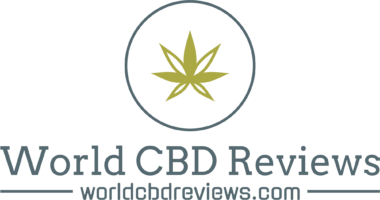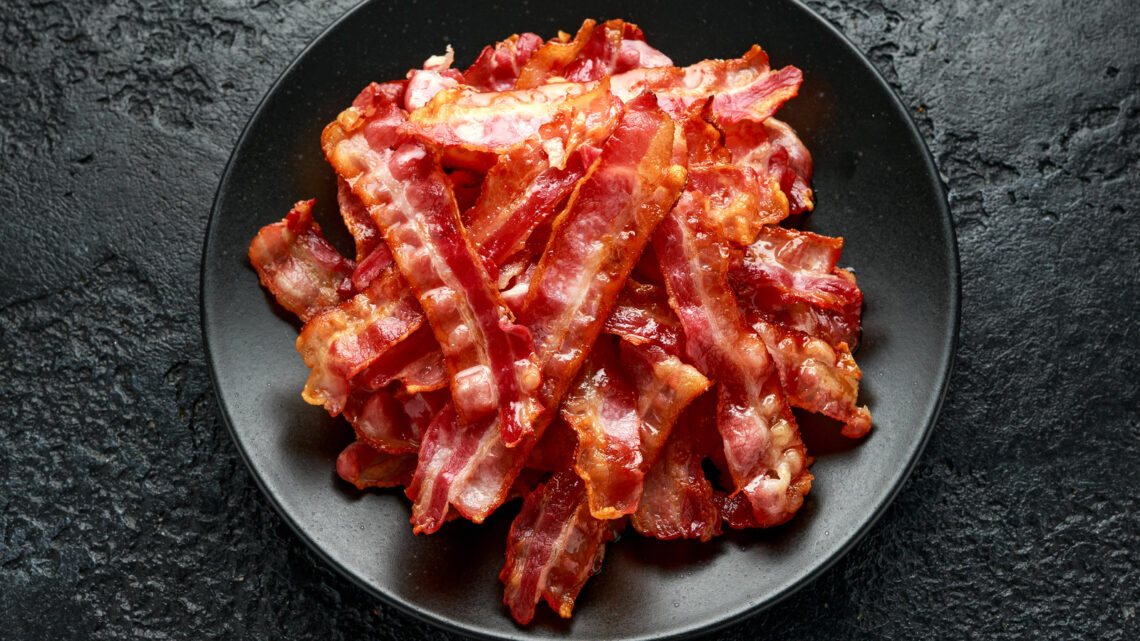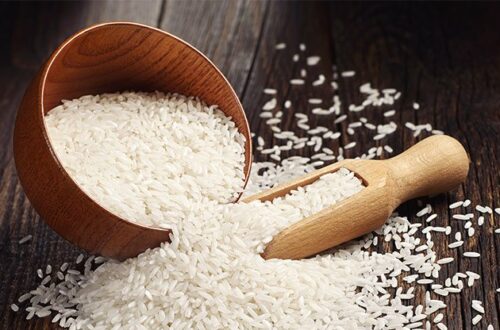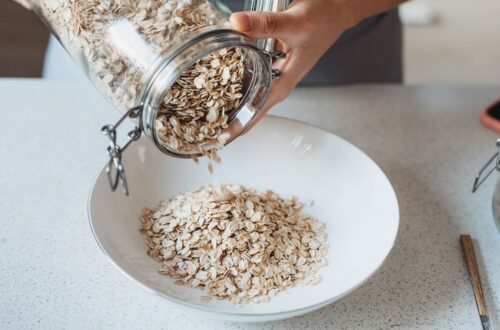Understanding Bacon
What is Bacon?
Bacon is a type of salt-cured pork made from various cuts, most commonly from the belly or back of the pig. It is typically cured with salt and may also undergo smoking or flavoring processes before being sliced and cooked.
Nutritional Profile of Bacon
Bacon is primarily composed of fat and protein, with minimal carbohydrates. Its nutritional profile varies depending on factors such as the cut of meat, curing method, and added ingredients. Here’s a breakdown of the typical nutritional content of bacon per 3-ounce (85-gram) serving:
- Calories: Approximately 270 calories
- Protein: Around 18 grams
- Fat: Approximately 22 grams, including saturated fat, monounsaturated fat, and polyunsaturated fat
- Sodium: Varies depending on the curing process but can be high due to added salt
Is Bacon Bad for You?
Potential Health Risks of Bacon
High in Saturated Fat and Sodium
Bacon is known for its high saturated fat and sodium content, which are linked to an increased risk of heart disease, high blood pressure, and stroke when consumed in excess.
Processed Meat Classification
The World Health Organization (WHO) has classified processed meats, including bacon, as Group 1 carcinogens, indicating that consumption may increase the risk of certain cancers, particularly colorectal cancer.
Considerations for Consumption
Moderation
Enjoying bacon in moderation as part of a balanced diet is key to minimizing its potential health risks. Incorporating it as an occasional treat rather than a dietary staple can help mitigate its impact on health.
Quality and Preparation
Opting for high-quality, minimally processed bacon and cooking methods that reduce the formation of harmful compounds, such as frying at lower temperatures, can help improve its nutritional profile.
Is Bacon Good for You?
Nutritional Benefits of Bacon
Protein Source
Bacon provides a significant amount of protein, which is essential for muscle repair, immune function, and overall health.
Flavor and Satisfaction
Bacon’s rich flavor and satisfying texture can enhance the taste of dishes and contribute to feelings of satiety, potentially reducing overall calorie intake.
Considerations for Inclusion
Nutrient-Rich Pairings
Pairing bacon with nutrient-rich foods such as vegetables, whole grains, and legumes can help balance its nutritional profile and create more balanced meals.
Personal Preferences and Enjoyment:
Including bacon in your diet occasionally can contribute to overall enjoyment and satisfaction with food, which is an important aspect of a healthy relationship with eating.
Frequently Asked Questions (FAQs)
Is bacon considered keto-friendly?
Bacon is often included in ketogenic (keto) diets due to its high fat and low carbohydrate content. However, it’s essential to consider the quality of the bacon and avoid excessive consumption, as the saturated fat and sodium content may still be a concern for some individuals following a keto diet.
Can I eat bacon if I have high cholesterol?
Individuals with high cholesterol should consume bacon in moderation and opt for leaner cuts when possible to minimize saturated fat intake. Pairing bacon with fiber-rich foods such as fruits, vegetables, and whole grains can also help mitigate its impact on cholesterol levels.
Is turkey bacon healthier than pork bacon?
Turkey bacon is often perceived as a healthier alternative to pork bacon due to its lower fat content. However, the nutritional profile can vary depending on the brand and processing methods. While turkey bacon may contain less saturated fat, it can also be higher in sodium and additives. Choosing minimally processed options and comparing nutrition labels can help make informed choices.
Can I eat bacon if I’m following a low-sodium diet?
Individuals following a low-sodium diet should consume bacon sparingly, as it is typically high in sodium. Opting for low-sodium or no-salt-added varieties and limiting portion sizes can help reduce sodium intake while still enjoying bacon occasionally.
Are there any alternatives to traditional bacon?
Yes, there are several alternatives to traditional bacon, including turkey bacon, chicken bacon, and plant-based bacon made from ingredients such as tempeh, tofu, or coconut. These alternatives offer different nutritional profiles and can be suitable choices depending on dietary preferences and restrictions.
Is it safe to eat bacon that’s slightly pink?
Bacon that is slightly pink after cooking is generally safe to eat, as long as it has reached the recommended internal temperature of 145°F (63°C) for pork. However, it’s essential to ensure that bacon is cooked thoroughly to reduce the risk of foodborne illness.
Can bacon be part of a balanced diet?
Yes, bacon can be part of a balanced diet when consumed in moderation and as part of a varied and nutrient-rich eating pattern. Pairing bacon with foods that provide essential nutrients such as vitamins, minerals, fiber, and antioxidants can help create balanced and satisfying meals.
- What Is Better Than Tear Trough Filler? - May 31, 2025
- Profhilo Treatment Near Tandridge, Surrey - May 31, 2025
- Obagi Nu-Derm System Skincare Steps In Kingston Upon Thames Surrey London - May 31, 2025






